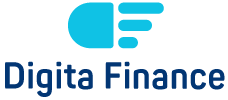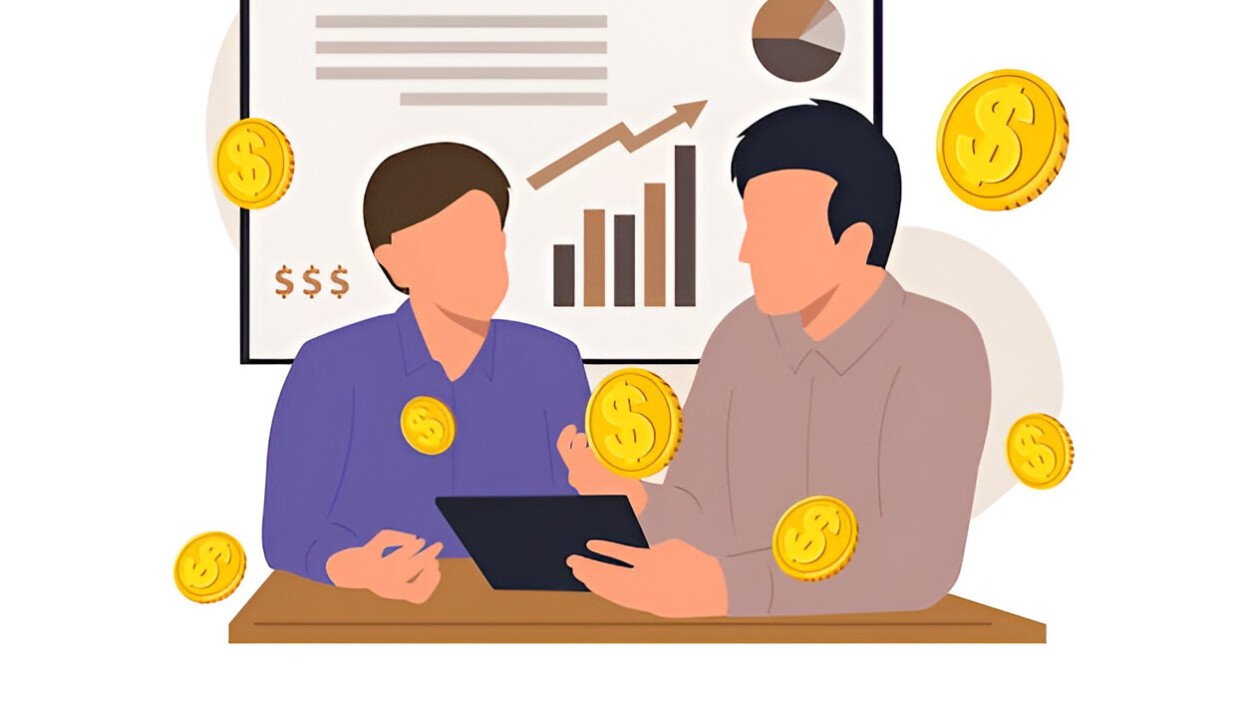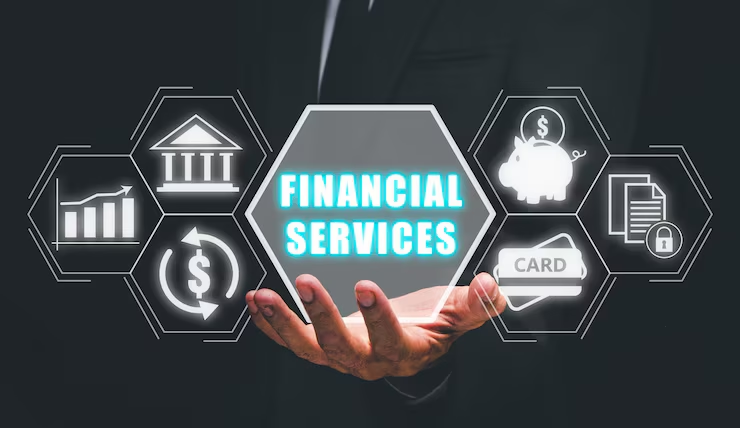In today’s world, we do more with smartphones than we ever imagined. We check bank balances, send money, pay bills, and even invest—all from a small screen. But while this access is convenient, it also demands a specific kind of skill. That skill is called digital financial literacy.
Understanding the Core Idea
So, what is digital financial literacy?
It refers to the ability to understand and manage money in the digital age. This includes knowing how to use online banking, recognizing digital scams, understanding mobile wallets, using financial apps, and protecting your financial data online.
In simple terms, it’s financial knowledge plus digital skills. Both are needed to navigate the modern world safely and smartly. Improving digital financial literacy also plays a key role in advancing digital financial inclusion worldwide.
Why It Matters in Real Life
Let’s consider a real-life example. Imagine someone receives a message saying they’ve won a lottery and need to send their bank details to claim it. A digitally literate person would spot this as a scam and ignore it. But someone lacking this literacy might fall victim.
This is just one situation. Digital financial literacy affects how you:
-
Transfer money safely online
-
Shop securely from e-commerce sites
-
Choose trusted investment platforms
-
Use budgeting tools correctly
-
Avoid digital fraud
Whether you’re a student, working professional, or retired, knowing how to make smart choices online is essential.
The Digital Shift in Finance
Years ago, managing money meant balancing a checkbook or visiting a bank. Now, everything is digital. From mobile wallets like Apple Pay to investing apps like Robinhood, money lives in the cloud.
This shift makes financial knowledge more powerful—but also more complex. It’s no longer enough to know basic budgeting or saving. You must understand how to apply these skills using digital tools.
That’s the role of digital financial literacy. It bridges the gap between old financial habits and new digital behaviors.
What Skills Are Involved?
When we talk about this kind of literacy, we’re not just talking about numbers. It includes several areas:
1. Basic Financial Knowledge
You still need to understand saving, budgeting, interest rates, and debt. These concepts never go out of style.
2. Digital Tool Familiarity
This means knowing how to use apps, online banking, and payment systems. It’s about navigating platforms like PayPal or Google Pay with confidence.
3. Online Security Awareness
You need to recognize suspicious emails, protect passwords, and know what two-factor authentication is. It’s about staying safe while being connected.
4. Evaluating Financial Information
Not every blog, video, or ad you see online is trustworthy. Knowing how to separate facts from scams is part of being digitally literate.
The Cost of Being Unaware
Not having digital financial literacy is risky. It can lead to:
-
Falling for phishing or scam websites
-
Losing money to fake investment platforms
-
Overspending due to poor tracking
-
Missing out on better savings or interest options
Worse, it can lead to stress and a lack of confidence when making decisions online.
Think about how many people click on ads without verifying the source or download random financial apps without checking reviews. These small actions can lead to big consequences.
The Role of Education
Governments and schools are slowly starting to add this subject into their programs. But the progress is slow. Many people still learn the hard way—after a mistake or financial loss.
There’s a need for public awareness. People should be taught:
-
How to spot fake websites
-
How to manage money using mobile tools
-
Which platforms are secure for investing
-
How to understand fees, charges, and data privacy policies
Self-learning through credible websites, YouTube channels, or community courses can help fill the gap.
Impact on Financial Freedom
One of the biggest benefits of digital financial literacy is control.
When you understand digital tools, you:
-
Make faster, smarter financial decisions
-
Track your money in real time
-
Save on fees by choosing better services
-
Grow your wealth through informed investing
People who are confident in these areas feel more independent. They don’t rely on others for every money decision. They can manage their financial goals, plan for emergencies, and even help others in their family or community.
How to Start Improving Your Skills
If you’re wondering how to improve your digital financial literacy, you don’t need a course or certification. You just need curiosity and a bit of consistency.
Start by:
-
Exploring your bank’s mobile app and learning its features
-
Watching tutorials on secure online payments
-
Using budgeting apps to track your monthly spending
-
Following finance blogs or YouTube channels that break down complex topics into simple language
Make it a habit to verify any financial platform before sharing your personal information. Use strong passwords and update them regularly.
Most importantly, don’t assume you know everything. The digital finance world evolves fast, and keeping up is part of staying safe.
Final Thoughts
To answer the question once more—what is digital financial literacy?
It’s your ability to manage money confidently in a digital environment. It’s knowing how to use online tools, avoid scams, make secure payments, and understand financial data—all while staying informed and in control.
In a world where digital services are everywhere, this form of literacy is no longer optional. It’s as important as reading or writing. Whether you’re saving for your future or just trying to avoid fraud, digital financial literacy gives you the power to make wise, secure choices every day.
And the best part? Anyone can learn it.








Harnessing AI and Machine Learning for Fraud Detection in Digital Finance
Digital Wallets vs. Traditional Banking: What Consumers Need to Know
What Are Digital Finance Tools
Top 10 Fintech Trends To Look Out for 2025
Embedded Finance: How Seamless Financial Services Are Integrating into Everyday Apps
AI-Powered Credit Scoring: Revolutionizing Digital Lending in the Digital Finance Era
Harnessing AI in Digital Finance: Revolutionizing Risk Management and Customer Experience
How Open Banking APIs Are Revolutionizing Digital Finance?